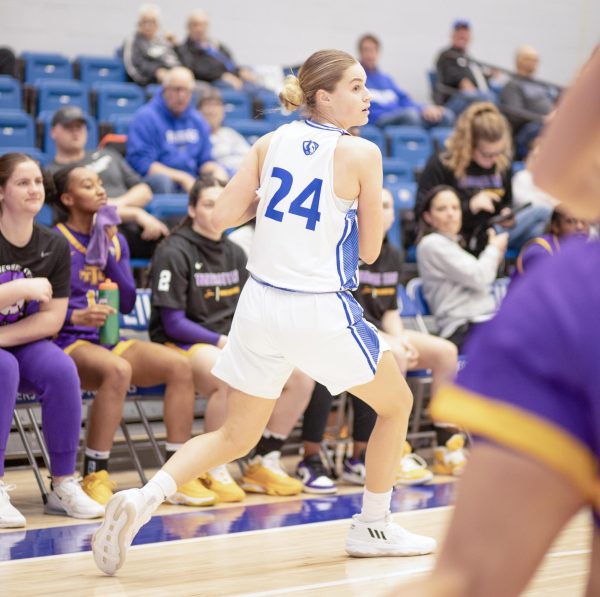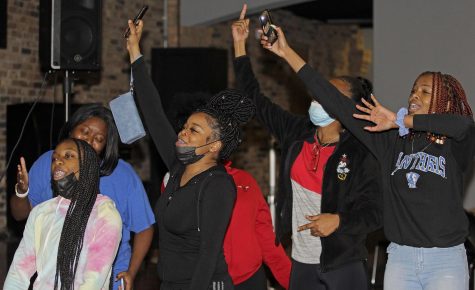Retirement addressed at CUPB
Editor’s Note: This is the fourth installment in a series of articles about public pensions in Illinois as the General Assembly grapples with a budget crisis.
The assistant director of the Benefits and Payroll Office said Friday that about 20 to 30 percent of the Eastern population is eligible for retirement.
Linda Holloway, the assistant director of the Benefits and Payroll Office, said they have received eight times the number applications from people who have submitted an interest to retire.
Holloway and Patty Hood, a benefits counselor, spoke to the Council on University Planning and Budget to explain retirement aspects such as how predictions are calculated and the differences between the Tier I and Tier II systems.
Predictions of the number of people expected to retire are calculated through different aspects such as age and years of service.
Mike Maurer, the director of planning, budget and institutional research, said they have done research based on the populations of those 55 years of age and 30 years of service, 60 years of age with 25 years of service, and 65 years of age and 20 years of service.
Through these groupings, they found that about 94 to 100 people are eligible to retire.
University Treasurer Paul McCann said the primary grouping they looked at was made of those with 20 years of service.
“We found that once they are eligible to receive medical benefits for life, that is when they retire,” McCann said. “We came up with pretty much the same numbers of people who could retire at any given time, but it is all a crapshoot when we start looking at that to figure out exactly how many people are going to go until they announce it, and sometimes they don’t.”
Each year on June 30, the university calculates how much liability Eastern has in terms of retirement along with sick leave and vacation, and they record it on Eastern’s financial statements, McCann said.
“At June 30 of 2011, that number was about $12 million so it is a significant amount of money we owe to people who are going to retire,” McCann said. “That full $12 million is not pre-funded. We have about $2.5 million that we have got put a side to cover that.”
He said the funds primarily come from appropriated and income monies.
Of the $2.5 million, about $450,000 to $500,000 was used toward people who are retiring this year, McCann said.
“If we have a significant amount of retirement, then the $2 million that we still have left in the budget won’t be enough,” McCann said. “We will find it within the rest of our appropriated and income funds, but right now that would be a struggle.”
Hood said some concerns people have with Tier I compared to Tier II is the minimum vesting, which is the number of years of service required to receive pension benefits.
Tier I applies to members of the State Universities Retirement System employed prior to Jan. 1, 2011, and Tier II applies to members employed on or after Jan. 1, 2011.
In Tier I, members can retire at the normal retirement age of 62 with at least five years of service whereas Tier II members can retire at the normal retirement age of 67 with at least 10 years of service, Hood said.
Rachel Rodgers can be reached at 581-2812 or [email protected].












































